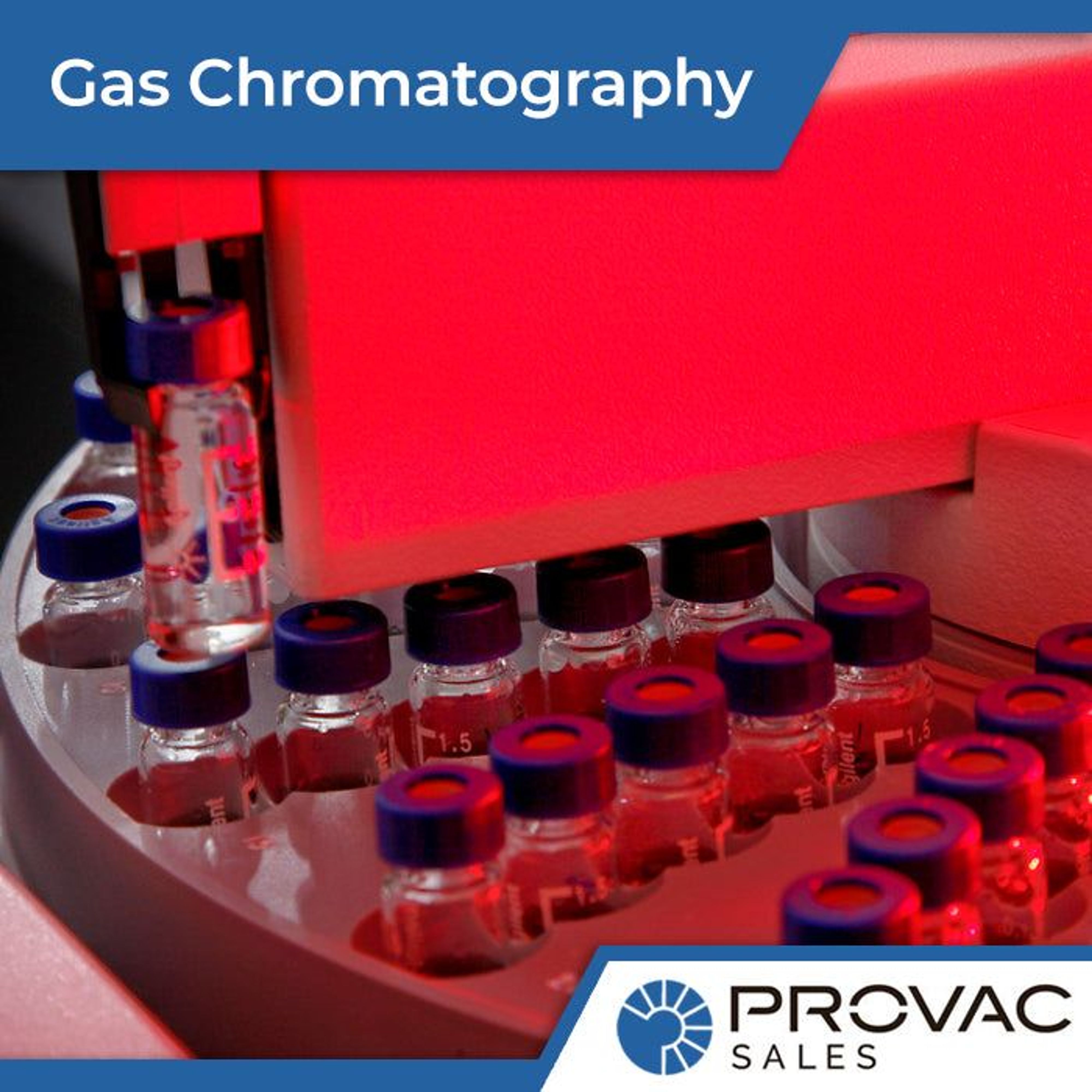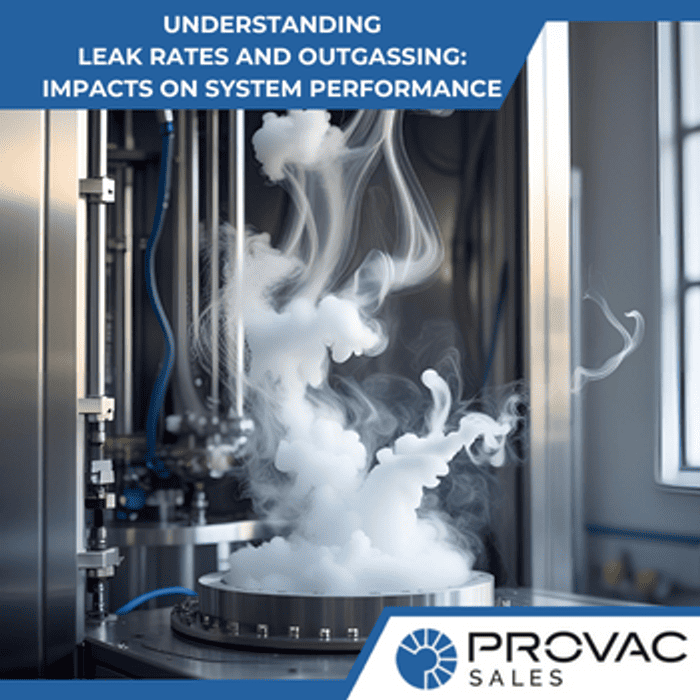Gas chromatography is one of the most important tools used in chemistry. It is because it is effective, simple, and sensitive. Since it has more uses than many people think, it is quite important in the analysis of blood in alcohol, air pollutants, food products, and essential oils. Knowing all of this makes it a bit easier to understand why it is used quite a bit but what exactly is it?
The definition of gas chromatography is that it separates compounds from mixtures of organic compounds that are volatile. There are different aspects that are used such as a mobile phase that is flowing and an injection port. It also needs to have a separation column that contains a phase that is stationary. As it proceeds, it must have a detector and a way for recording data.
How is gas chromatography completed?
Gas chromatography is when the analysis is used on volatile compounds for quantification. The compounds must be injected onto a chromatograph which is used for gas and evaporated onto the column using a flash. This can be completed by using a capillary or packed column. In order to understand the process better, there are two phases that need to be of concern. The gas is the mobile phase of the two and the column is the stationary phase.
What is the basic principle of chromatography?
It is based on where the molecules in a mixture applied into a solid or onto a surface and the stable fluid stationary phase and separated from each other. This is all completed with the help of a mobile phase that is utilized to produce the ends.
What are the types of gas chromatography?
The two types that are used are gas-solid chromatography and gas-liquid chromatography. In the gas-solid type of chromatography, there is a stationary phase using an analysis of the physical absorption that occurs. The situation that is present will determine the type that is used.
Why would nitrogen be used?
The use of nitrogen in the process has to do with the costs and supply of helium. People that practice this process are called chromatographes and they are finding that nitrogen is a cheaper way to makeup gas. As a whole, nitrogen is inexpensive, easily attainable, and enhances the flame that is used in the Flame Ionization Detector. This is all to do with the sensitivity that is there during the process.
Who invented and when was it invented?
It was invented by James and Martin in 1952. It has become widely used and applied in the techniques that are used in modern chemistry of today. It has been successfully used in many fields that require the data for its outcomes and works extremely well. Knowing that gas chromatography is so useful will allow many people to see the need for it. In the future, there will continue to be situations that require this process for analytical processes in chemistry and more.
What are some recommended pumps to use for gas chromatography?
There is a wide variety of pumps to choose from. Some great options are the Edwards EXT-75DX, Varian DS-602, Varian TV-301, and the Pfeiffer SplitFlow 310. We can also help with custom configurations and have many other options in stock and ready to ship. Please contact us with questions or to request a custom quotation.





